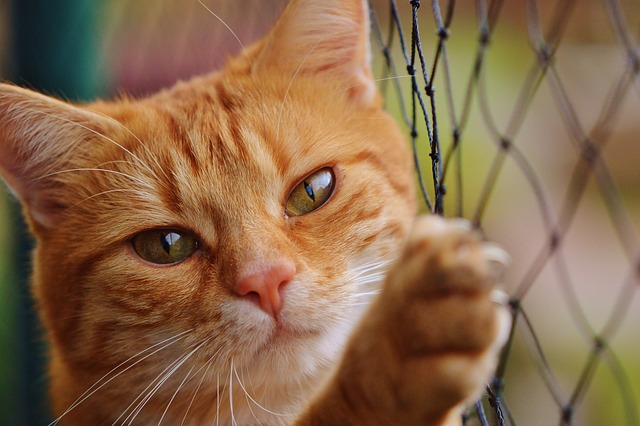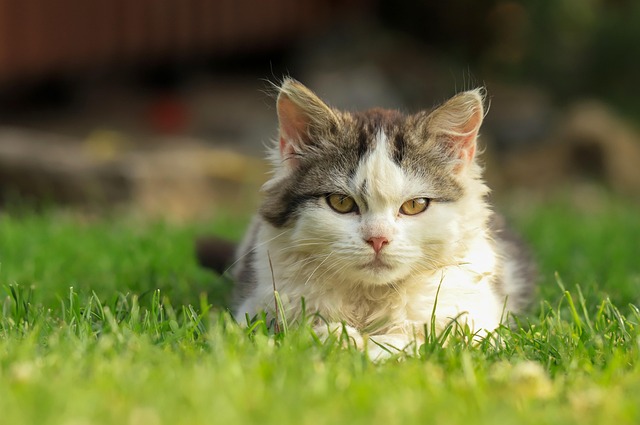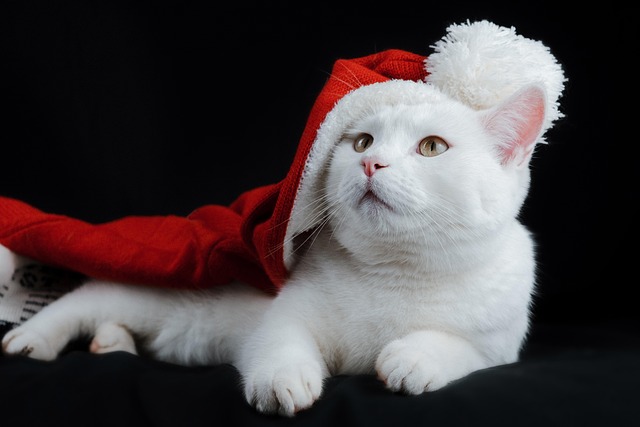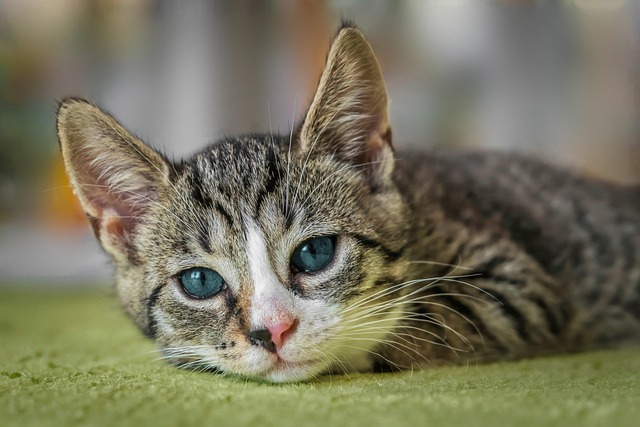Ginger cats owe their distinctive colouring to a rare and unusual genetic mutation found in no other known species, according to new research published in Current Biology.
++ Herpes virus rapidly reprogrammes human DNA within an hour
The study, led by Dr Christopher Kaelin of Stanford Medicine, has identified the gene Arhgap36 as the unexpected culprit behind the fiery coats of orange felines. This gene, never previously associated with pigmentation in mammals, appears to be responsible for their signature hue.
Intriguingly, Arhgap36 is located on the X chromosome, which may explain why ginger cats are predominantly male. As with humans, male cats typically possess one X and one Y chromosome. If their single X carries the gene for orange fur, they’ll display the trait in full – there’s no second X chromosome to temper the expression.
Female cats, on the other hand, have two X chromosomes. To be entirely ginger, they must inherit the orange gene on both. If only one X carries it, the result is often a mix of colours, producing the distinctive calico or tortoiseshell patterns seen in many female cats.
While the link between sex and coat colour is clear in domestic cats, it does not appear to apply to other orange-hued mammals such as tigers, orangutans or red-haired humans. In those species, orangeness stems from mutations in different genes, none of which are tied to sex chromosomes. “This makes ginger cats a genetic exception,” said Dr Kaelin.
Though the study establishes a genetic foundation for feline orangeness, it doesn’t fully explain the popular perception that ginger cats are particularly mischievous or chaotic.
To test whether the Arhgap36 mutation influences more than just fur colour, the research team analysed various organs — including the heart, kidneys, brain and adrenal glands — in both orange and non-orange cats. No notable differences were found.
++ Shy yellow boxfish and banded pipefish filmed exploring reef together
Still, Kaelin did not rule out the possibility of the gene affecting behaviour via tissue not yet examined. “I don’t think we can exclude the possibility that there is altered expression of the gene in some tissue we haven’t tested that might affect behaviour,” he said.
However, he noted that the notorious antics of ginger cats could simply be linked to the fact that most of them are male — and scientific studies exploring the temperament of orange cats remain limited.
While the mystery of their behaviour persists, one thing is now clear: ginger cats are more than just charismatic companions — they’re genetic anomalies unlike any other in the animal kingdom.





